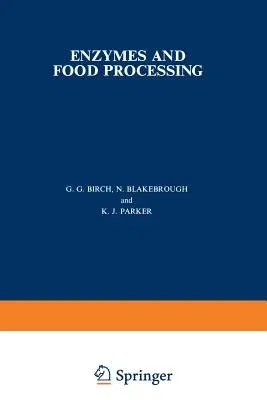G G Birch
(Author)Enzymes and Food Processing (Softcover Reprint of the Original 1st 1981)Paperback - Softcover Reprint of the Original 1st 1981, 14 February 2012

Qty
1
Turbo
Ships in 2 - 3 days
In Stock
Free Delivery
Cash on Delivery
15 Days
Free Returns
Secure Checkout
Print Length
296 pages
Language
English
Publisher
Springer
Date Published
14 Feb 2012
ISBN-10
9401167427
ISBN-13
9789401167420
Description
Product Details
Authors:
Book Edition:
Softcover Reprint of the Original 1st 1981
Book Format:
Paperback
Country of Origin:
NL
Date Published:
14 February 2012
Dimensions:
22.86 x
15.24 x
1.65 cm
ISBN-10:
9401167427
ISBN-13:
9789401167420
Language:
English
Location:
Dordrecht
Pages:
296
Publisher:
Weight:
417.3 gm

